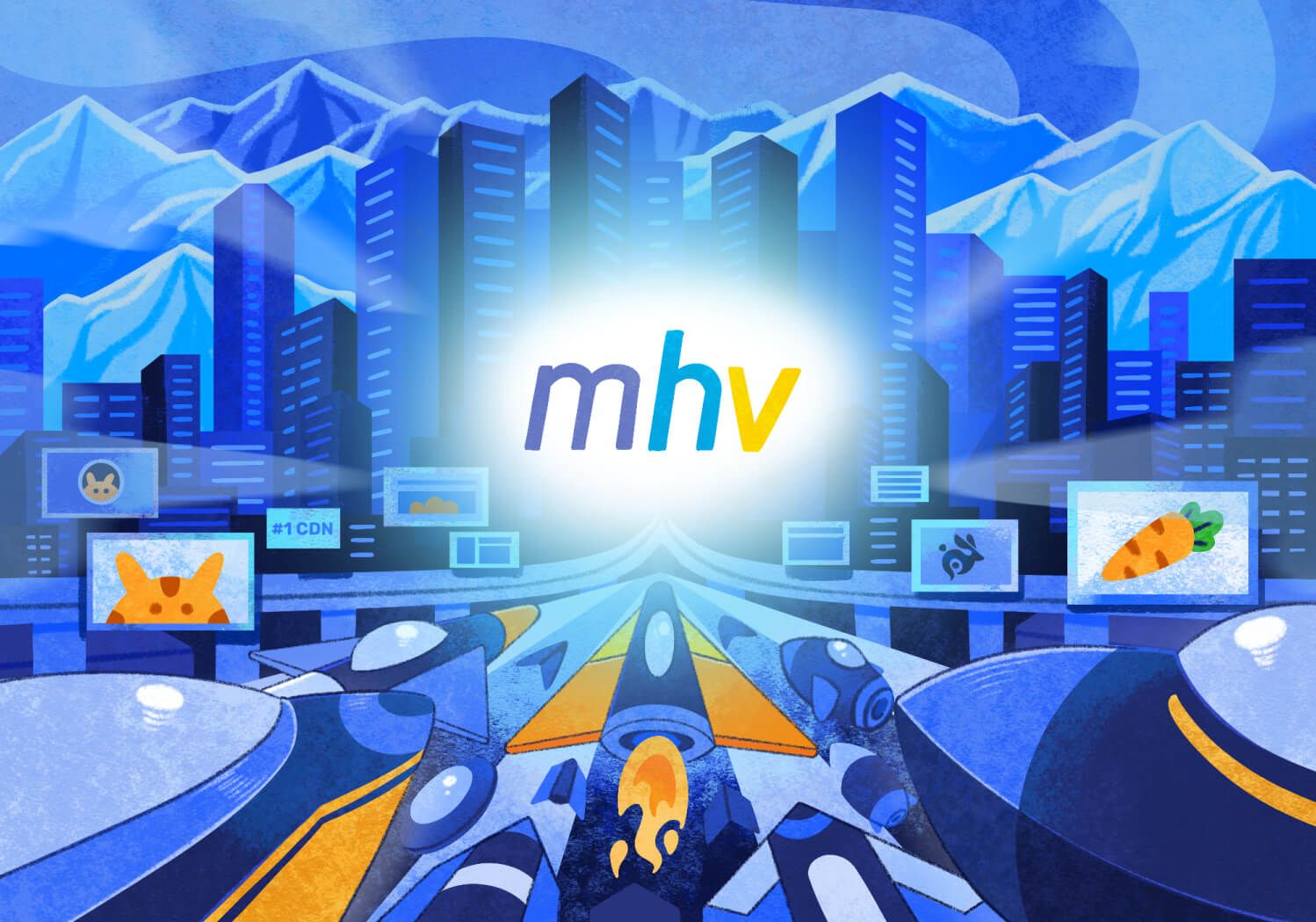Bunnies are going to Broadcast Asia in Singapore! 🐰 - Let's dive into your future success with bunny.net🚀
Today, we're introducing a slightly different type of blog, one that's more focused on enterprise and industry direction. In this edition, we're excited to share with you some of the insights and trends we learned at the Media High Video (MHV) Conference 2024 recently concluded in Denver, CO. Organized by the Association for Computing Machinery (ACM), MHV stands as a flagship event dedicated to innovation in video processing, content delivery, and media streaming, attracting thought leadership and researchers from both industry and academia around the world.
Featuring keynotes and presentations by industry titans such as Netflix and Pinterest, alongside leading technology vendors like NVIDIA, AMD, Broadpeak, and Bitmovin, MHV provides a peek into the future of media delivery.
At bunny.net we live, breathe, and constantly build towards our mission: to make the internet hop faster! And, we're delighted to share some of the insights from MHV as we strive to bring the best innovations to you.
Multi-CDN Strategies: Operation Efficiency in Content Delivery
One of the standout themes at MHV was the growing prominence of multi-CDN operation strategies in media streaming organizations. Notably, Pinterest described their multi-CDN solution in production, which efficiently manages the user experience of their growing user base by distributing content across various CDNs to minimize video buffering. Their solution uses latency, re-buffering, and fatal player error metrics to create a parameter called Good Video View (GVV), which helps them assess CDN performance across different vendors and regions.
While employing multi-CDN approaches, as Pinterest does, isn't groundbreaking, particularly in academic research, advancements in this area significantly enhance user experience and business operations. Given the rapid evolution of CDN performance, such solutions prove invaluable for over-the-top (OTT) and media streaming organizations. With increasing adoption by industry leaders, there's a push for standardized methods, facilitating seamless multi-CDN integration across vendors and media companies in the near future.
AI-Driven Innovations: Live Pre-processing and Emotional-intent Localization
AI-driven video compression and real-time processing took center stage as hot topics at MHV, with companies like MediaTek showcasing remarkable capabilities. These included super-resolution techniques and the ability to enhance live video picture details in real-time, thanks to their latest generation chipsets. Soon, you’ll be able to watch your favourite old movies rejuvenated in 4K resolution!
AWS highlighted the promising role of AI in content localization. They stressed its potential to accurately translate emotional and artistic nuances across languages, a task that was previously impossible to automate or financially impractical to do manually in most cases. Leveraging foundational models with custom training, companies will soon be able to cater to global audiences while preserving the authenticity and artistic intent of the original content.
Next-Gen Codecs: Pioneering Compression Technologies
Video codecs are tools that streamline digital video data encoding, decoding, storage, and playback. Industry discussions highlight a constant drive for improved efficiency and superior video quality. Significant advancements, such as Beamr's partnership with NVIDIA at MHV to expedite the adoption of the efficient AV1 video codec, mark a substantial hop forward in the industry.
Discussions on media codecs included content adaptive resolution and the expected completion of standards for H.257 by 2026 and AV2 by 2027. Additionally, interesting discussions revolved around new metrics, emphasizing subjective quality, and encoding optimizations for machine-to-machine versus human consumption scenarios.
Academic research continually propels video codec development, enhancing video quality, reducing bitrates and storage costs. To put in perspective, transitioning from MPEG2 to H.264, an established standard from two decades ago, yields remarkable bitrate reductions of 50-70%. Further advancements led to H.265 (HEVC) in 2013, providing an additional 40-50% bitrate savings, particularly advantageous for high-resolution content.
AV1 and H.265 adoption will take time and rely on factors like new customer devices, but they promise exceptional video quality. These advances offer an exciting future, set to elevate user experiences.
Low-Latency Streaming: Redefining Real-Time Content Delivery
The demand for low-latency streaming solutions was palpable at MHV, with companies like Dolby.io leading the charge with their hybrid models. These models use hybrid delivery methods like HLS-LL and WebRTC with dual-player setups, balancing speed and scalability. This innovation ensures fast, high-quality live content delivery, offering users familiar features like easy rewind and skip-back options.
As we transition from discussing the innovative approaches at MHV, it's important to recognize that the landscape of media delivery is undergoing a significant transformation driven by advancements in AI, codec evolution, the drive for business efficiency, and the evolving consumer expectations for high-quality video and responsive applications.
At bunny.net, we're committed to facilitating this transformation by providing developers and enterprises with easy access to cutting-edge tools on our top-performance, next-gen CDN solution!
Stay tuned as we continue to explore and navigate the ever-evolving frontier of media technology.















